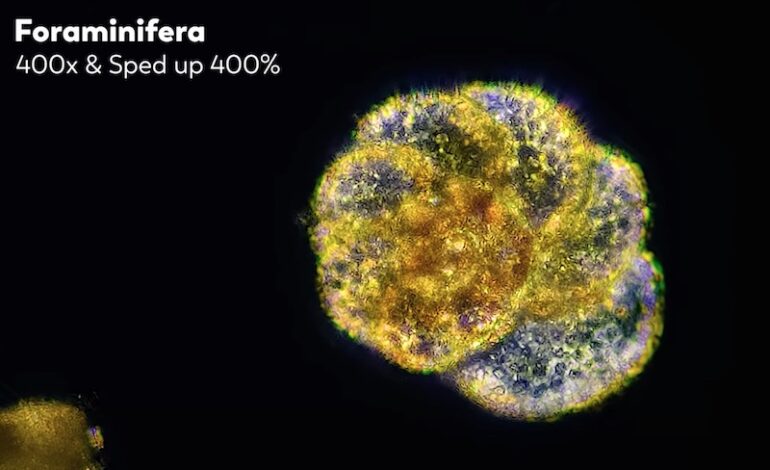You might think that your aquarium has a few fish, some corals, and perhaps an assortment of invertebrates that you may or may not have intentionally introduced. We all kind of know that there’s a lot of microbial life in our tanks but depending on how much live rock, plants, or corals you have introduced, the diversity and density of microbes in your aquarium might really surprise you.
Even scientists have been surprised by the dynamic nature of microbiology in aquariums, describing New species of Mysis shrimp from Austrian aquariums. But even more surprising was the discovery of Ancoracysta twista from the surface of a ‘brain coral’ at the Scripps Oceanographic Institute.
This finding was all the more perplexing when taxonomists realized that Ancoracysta represents its own Eukaryotic lineage, meaning that it’s not closely related to other single celled protists that we know of! Aquarists and especially reefers talk about adding ‘pods’ and plankton to our tanks as if injecting these cultured critters really affects the aquarium biology, but the most important organisms are the ones that you can’t see with a naked eye.
One of our favorite youtube channels, Journey to the Microcosmos, recently did a deep dive to examine a small sample of what can be found in typical aquarium water. It is especially surprising to learn that even capital-H Huge aquariums like the 6 million+ gallon Ocean Voyager exhibit at the Georgia Aquarium experiences a fluctuation of its microbiology over time.
You would think that you’d need an expensive and complicated microscope to see any of this micro and meiofauna but you would be very surpsrised at what you can see with a Mesoscope or even a cheap microscope with a USB video output so you can visualize on a screen instead of a tiny eyepiece. With all this newfound time on our hands, there’s never been a better time to ‘stop and scout for microbes’ right in our own aquariums, and it could be a great science lesson for all the young ones getting schooled from home this year.



